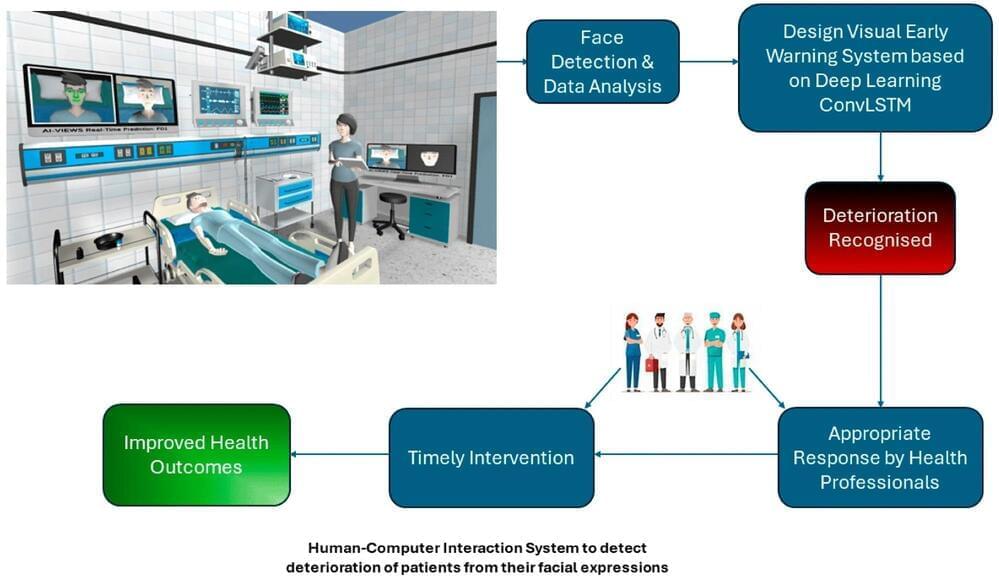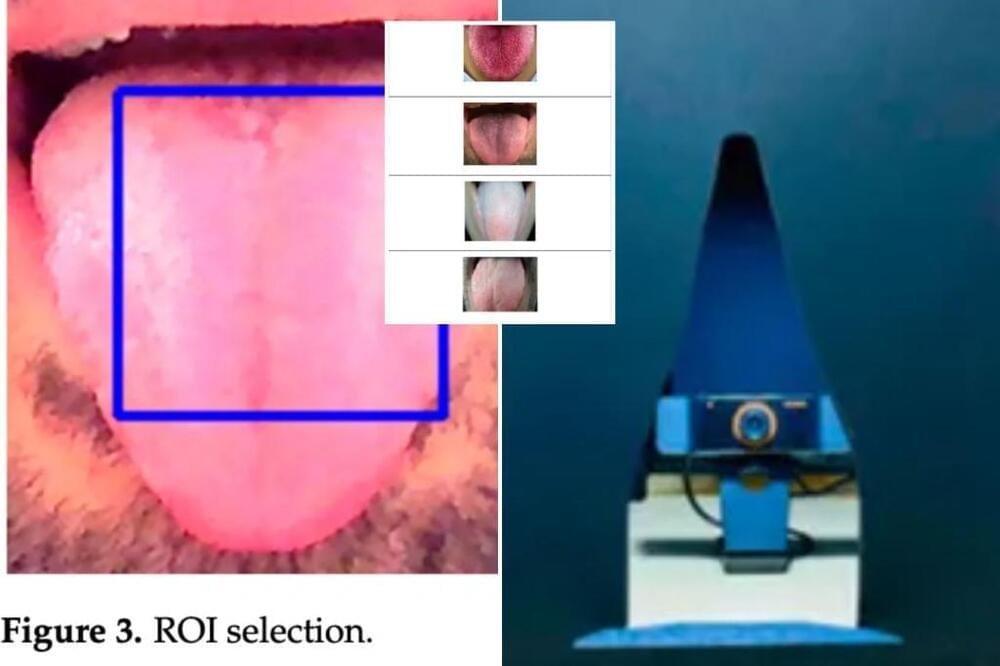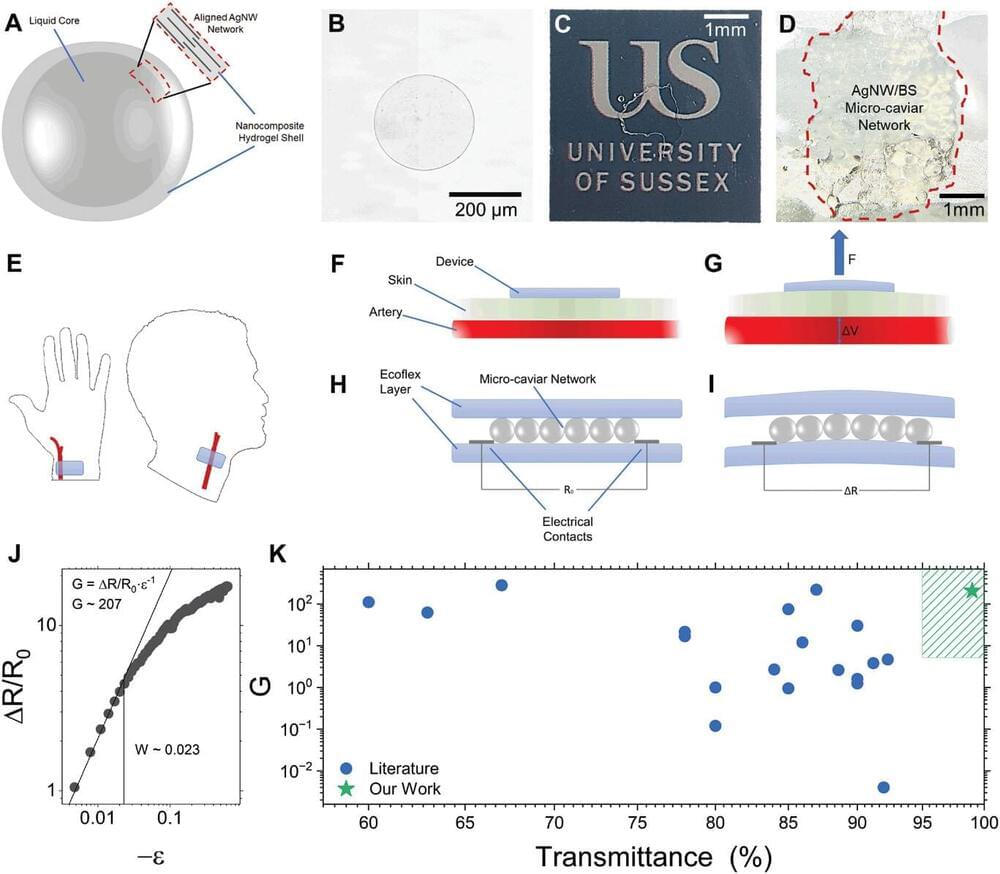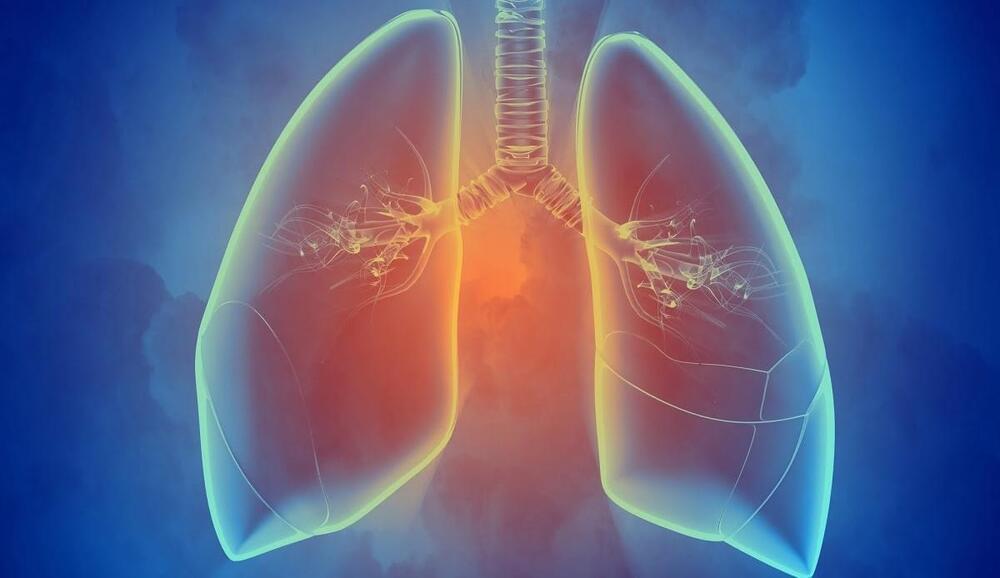Study develops a ConvLSTM model that accurately predicts patient deterioration based on facial expressions, achieving 99.89% accuracy, with potential to improve early detection in healthcare settings.



“These results confirm that computerized tongue analysis is a secure, efficient, user-friendly and affordable method for disease screening that backs up modern methods with a centuries-old practice,”
This technology could be aah-mazing!
Researchers in Iraq and Australia say they have developed a computer algorithm that can analyze the color of a person’s tongue to detect their medical condition in real time — with 98% accuracy.
“Typically, people with diabetes have a yellow tongue; cancer patients a purple tongue with a thick greasy coating; and acute stroke patients present with an unusually shaped red tongue,” explained senior study author Ali Al-Naji, who teaches at Middle Technical University in Baghdad and the University of South Australia.



A new publication has discovered ways to reduce the toxicity of graphene oxide (GO), an ultra-thin sheet of nanomaterial derived from graphite, laying the groundwork to use it as a drug delivery system.
Professor Khuloud Al-Jamal, who led the study, said: “Researchers have been incredibly excited in the potential medical applications of graphene since experiments into the nanomaterial were recognised with the Nobel Prize in Physics in 2010. However, concerns around toxicity have remained a consistent obstacle.”
Graphene oxide (GO) is an ultra-thin sheet derived from graphite. It is similar to pencil lead but includes attached oxygen atoms, making it compatible with water. Its unique physical and chemical properties mean it has a high capacity for carrying antibiotics and anticancer drugs, among others, as well as targeting specific cells, making it a potentially effective drug delivery system.



While new technologies, including those powered by artificial intelligence, provide innovative solutions to a steadily growing range of problems, these tools are only as good as the data they’re trained on. In the world of molecular biology, getting high-quality data from tiny biological systems while they’re in motion – a critical step for building next-gen tools – is something like trying to take a clear picture of a spinning propeller. Just as you need precise equipment and conditions to photograph the propeller clearly, researchers need advanced techniques and careful calculations to measure the movement of molecules accurately.
Matthew Lew, associate professor in the Preston M. Green Department of Electrical & Systems Engineering in the McKelvey School of Engineering at Washington University in St. Louis, builds new imaging technologies to unravel the intricate workings of life at the nanoscale. Though they’re incredibly tiny – 1,000 to 100,000 times smaller than a human hair – nanoscale biomolecules like proteins and DNA strands are fundamental to virtually all biological processes.
Scientists rely on ever-advancing microscopy methods to gain insights into these systems work. Traditionally, these methods have relied on simplifying assumptions that overlook some complexities of molecular behavior, which can be wobbly and asymmetric. A new theoretical framework developed by Lew, however, is set to shake up how scientists measure and interpret wobbly molecular motion.
Innovation At The Frontiers Of Aesthetic And Regenerative Medicine — Prof. Dr. Alan Widgerow — Division Chief, Center for Tissue Engineering, UCIrvine — Chief Scientific Officer, Galderma.
Prof. Dr. Alan Widgerow, MBBCh, FCS, MMed, FACS, is Division Chief, Research, Center for Tissue Engineering (https://sites.uci.edu/ctelab/team/) and Adjunct Professor Plastic Surgery, Dept of Plastic Surgery, University of California, Irvine (https://faculty.uci.edu/profile/?facu…) and Chief Scientific Officer and Head of Skin Science Center of Innovation at Galderma (https://www.galderma.com/).
Prof. Widgerow is a plastic surgeon who ran a solo private practice in South Africa for over 20 years.
Prof. Widgerow completed his undergraduate and post-graduate studies at the University of the Witwatersrand, South Africa. He has held various positions in numerous academic and professional associations including that of President of the Association of Plastic and Reconstructive surgery of Southern Africa (APRSSA). He is author of over 190 plastic surgical related publications and 2 books. He was also the founder and medical director of 13 wound clinics in South Africa.
Prof. Widgerow relocated to Irvine California in Dec 2009 to pursue his interests in medical device innovations, cosmeceuticals and wound care, but he still plays an active role in academic medicine world-wide. In 2012 he was appointed to the Faculty of the University of California Irvine Plastic Surgery Dept as Full Adjunct Professor and Director of the Center for Tissue Engineering and in 2021 was appointed as its Division Chief of Research. He is involved in multiple projects related to adipose derived stem cell and adipose decellularized matrix, wound healing and transplantation. In 2018 he was awarded the Distinguished Faculty Mentor of the year Award by the Institute for Clinical and Translational Science, UCI.

A newly published study by Sheba Medical Center, Israel’s largest and internationally ranked hospital, shows that AI analysis of medical records as patients are admitted to the ER can accurately identify those at high risk of pulmonary embolism (PE).
A pulmonary embolism is a sudden blockage in an artery in the lung caused by a blood clot, most commonly due to a dislodged clot in the leg. They are normally diagnosed during a CT scan.
Using machine learning, the researchers trained an algorithm to detect a pulmonary embolism before a patient was hospitalized, based on existing medical records.